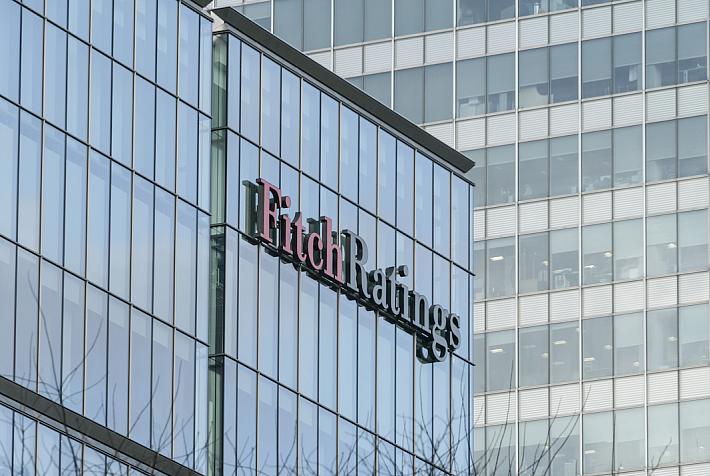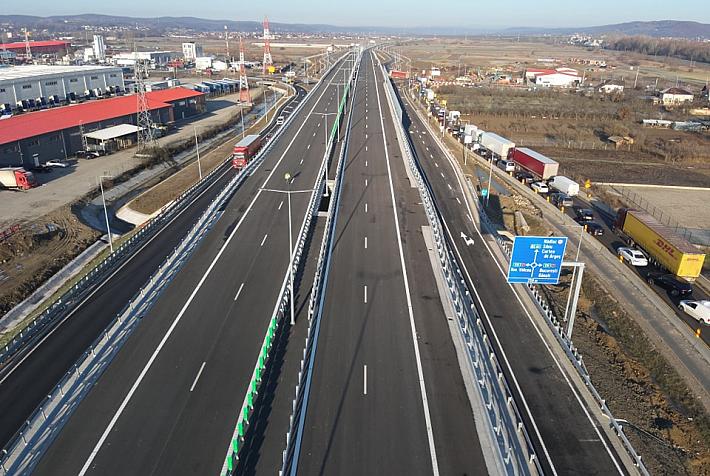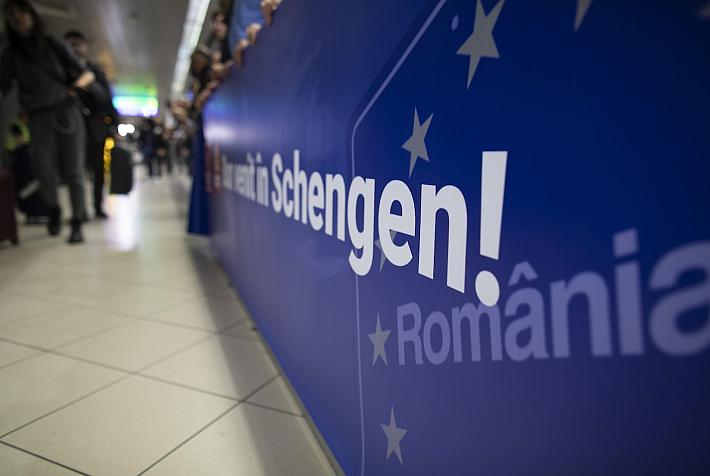Return of the knights at Sighisoara Medieval Festival this week-end: how to get there, what to see


The Medieval Festival in Sighisoara, which started on Friday, July 23, and will last until Sunday, July 25, will host the first reunion in Romania of 13 Knight orders from the country and abroad. The event is organized under the slogan “Return of the Knights”.
Theater plays, mimes, medieval music, crafts, tournaments, medieval dances, concerts, all will take place between the walls of medieval city Sighisoara.
The organizers of the event, which include the Sighisoara City hall, the tourist association Sighisoara expect around 25,000 tourists in the city during this week-end.
This is the 13th edition of the festival, which started 18 years ago.
To get to Sighisoara, you can either go by car – from Bucharest, take the E60 road to Brasov, than drive up North to Sighisoara- look at the map here.
If you want to go by train, you have several options. Leaving from the Bucharest North railway Station (the main railway station in the city), there are 10 trains arriving in Sighisoara throughout the day. Depending of the type of train, the ride will take 5 hours- 5 hours and a half – the distance is of 294 kilometers. These are the hours trains leave from Bucharest railway station: 05,30, 07,30, 09,50, 13,00, 15,15, 16,00, 18,10, 19,10, 20,08. More details about the trains here
For a more confortable ride, we recommend the Intercity (IC in the list) or the rapid trains (R)
You can find the Sighisoara city map here.
Sighisoara, with a population of around 32,000 people, is a medieval city dating back in the 13th century. By 1280 it was known by the Latin name of Castrum Sex, and by 1298 by the Saxon name of Schespurch resp. Schaesbrich. In the 14th century, the city had become a royal center for the kings, who awarded the settlement urban status as the Civitas de Segusvar. During the 16th and the 17th centuries Sighisoara had 15 guilds and 20 handicraft branches. Sighisoara is one of the few fortified cities which is still inhabited.
Sights in the city: Sighisoara Citadel - listed as a World Heritage Site, the Clock Tower, the Weapons Museum, the Covered Staircase, the Church on the Hill.












